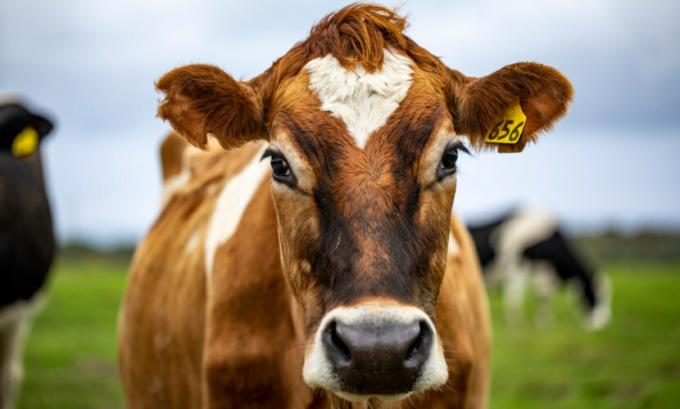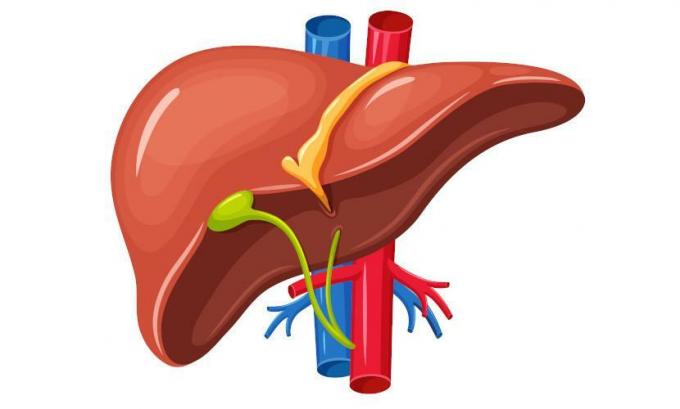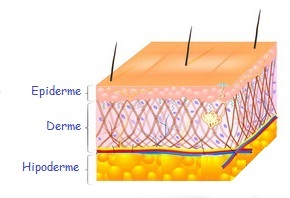You vertebrates they are animals that are part of the phylum Chordata. The term vertebrate comes from vertebrae, that is, it is related to the presence of the spine. In addition to the vertebral column, vertebrates have a skull.
There are different species of vertebrates, which occupy different environments and have different life habits. There are species, like the shark, which live exclusively in the aquatic environment, while species such as the lion and the giraffe they live only in the terrestrial environment.
With regard to food, we have species herbivores, like the horse, carnivores, like the jaguar, and omnivorous, like humans. Fish, amphibians, reptiles, birds and mammals are groups of vertebrates.
Read more: Fish - vertebrate animals that first appeared on our planet
What are vertebrate animals?
Vertebrates have spine and skull, structures related, among other functions, with the protection of the nervous system of these animals. They are part of the Chordata phylum or simply corded. Chordates are animals that have four outstanding characteristics:

- Notochord: flexible stem that is present in all chordate embryos and remains in some adults. This cord runs along the longitudinal axis of the animal's body and works as a support axis.
- Hollow dorsal nerve cord: this structure develops in the animal's central nervous system.
- Pharyngeal clefts: in all chordate embryos, it is possible to observe the presence of pharyngeal sulci, which develop in most of the corded, in pharyngeal slits, which allow water to enter the mouth and leave the body without passing through the system digestive.
In fish, these slits form the gills, in other vertebrates, the pharyngeal creases do not form slits. In these animals, the pharyngeal arches that surround the ridges form some structures of the head and neck.
- Post-anal muscle tail: it is a tail that extends past the anus and contains elements that provide water propulsion in several aquatic species. In many species, this tail is quite short.
Spine
The term vertebrate is derived from vertebrae, which are the bones that are arranged to form the spine. In most vertebrates, the vertebrae involve the spinal cord, an important part of the central nervous system. In addition, they act as support shaft to the animal's body.

With regard to the backbone of human beings, it is formed by seven cervical vertebrae, twelve thoracic, five lumbar, sacrum and coccyx. The cervical, thoracic and lumbar vertebrae remain separate for life. The sacrum and coccyx, in turn, are formed by fused vertebrae. While the first is formed by five fused sacral vertebrae, the second is formed by four fused coccygeal vertebrae. If you want to know more about the topic of this topic, read: Spine.
Examples of vertebrate animals

When we talk about animals, most people remember vertebrate animals more often, although the invertebrate group is more diverse. With regard to vertebrates, currently, there are more than 56,000 living species. This number is relatively small when compared to some groups of invertebrates, like the arthropods, which have more than one million described species.
Like examples of vertebrate animals, we can mention: whale, penguin, Amazonian manatee, swordfish, macaw, rat, snake, lizard, monkey, lion, tiger, Jaguar, giraffe, hippopotamus, platypus, kangaroo, dog, cat, chicken, parrot, ostrich, elephant, shark, salmon and wolf.
Read too: Whale shark – the biggest fish in the world!
Vertebrate groups
Vertebrates are divided into groups, and it is very common, in textbooks, to divide into five groups:
- Fish: aquatic vertebrates that have the ability to remove oxygen from the Water through structures called gills. They are animals that have a series of adaptations to swimming, such as the presence of fins and a hydrodynamic body. Examples of fish are shark, sardine, salmon, piranha, clownfish and Seahorse.

- Amphibians: they are vertebrates endowed with four limbs (tetrapods) that present as a striking feature their dependence on the aquatic environment. Most representatives have an aquatic larval stage and an adult stage of land habit. are examples of amphibians the frog, the toad, the tree frog and the salamander.

- Reptiles: tetrapods that stand out for the definitive conquest of the terrestrial environment. They are animals that have thick skin with scales and/or bone deposits, which make them resistant to water loss.
In this group, there is an important evolutionary novelty: the emergence of egg in shell. The egg with a thick shell prevents dryness and protects the embryo. As an example of reptiles, we have the turtle, the snake, the lizard, the alligator and the crocodile.

- Birds: tetrapods that present as an exclusive characteristic the presence of feathers. Unlike the previous groups, the birds they are endothermic animals, that is, able to keep their body temperature stable, regardless of the changes that occur in the environment in which they live.
Birds have a number of adaptations to flight, such as the presence of developed pectoral muscles and hollow bones, which make their bodies lighter. As an example of birds, there is the parrot, the penguin, the ostrich, the chicken, the hawk, the woodpecker, the hummingbird and the macaw.
- Mammals: tetrapod and endothermic animals that are characterized by the presence of hair and mammary glands. At glandThe breasts are important to guarantee the production of milk, which is the food offered by the mother to the baby in the initial stages of development. As an example of mammals, there is the human being, the jaguar, the rabbit, the bear, the wolf, the dog, the cat, the giraffe, the opossum, the koala and the platypus.
Read too: Substances present in the chemical composition of milk
Exercise on vertebrates
Now that you know a little more about vertebrates, identify, in the following table, the names of the animals that are not part of this group:
Which of these animals are not vertebrates? | ||
alligator |
Lizard |
Parrot |
Salamander |
Man |
iguana |
Sponge |
Monkey |
roundworm |
worm |
Octopus |
Jellyfish |
Lobster |
Scorpion |
Horse |
Reply:
Animals that are not vertebrates, that is, they do not have a spine and skull, are: sponge, earthworm, lobster, octopus, scorpion, roundworm and jellyfish.



